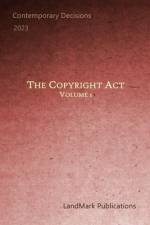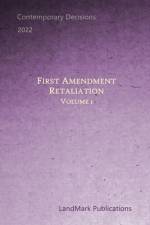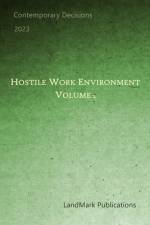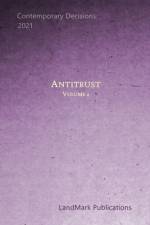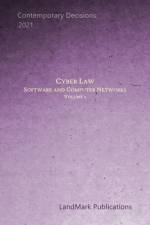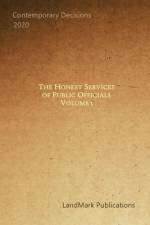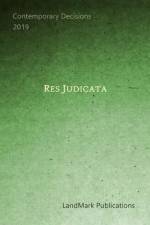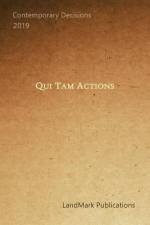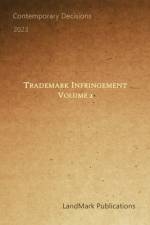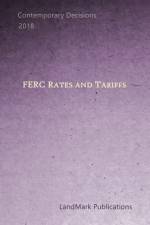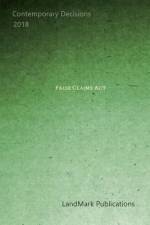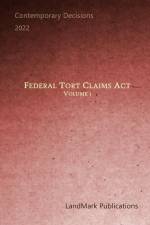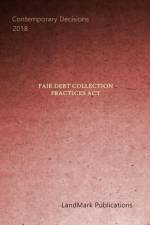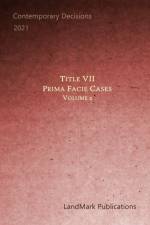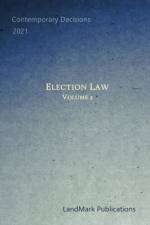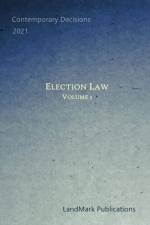av Landmark Publications
717
THIS CASEBOOK contains a selection of U. S. Court of Appeals decisions that analyze, interpret and discuss antitrust doctrine. * * * Section 1 of the Sherman Act - which prohibits "[e]very contract, combination... or conspiracy, in restraint of trade or commerce," 15 U.S.C. § 1 - "applies only to concerted action that restrains trade." Am. Needle, 560 U.S. at 190, 130 S.Ct. 2201. By contrast, § 2 of the Sherman Act - which makes it illegal to "monopolize, or attempt to monopolize, or combine or conspire ... to monopolize any part of the trade or commerce," 15 U.S.C. § 2 - "covers both concerted and independent action, but only if that action 'monopolizes'... or 'threatens actual monopolization, '" Am. Needle, 560 U.S. at 190, 130 S.Ct. 2201 (alteration and citations omitted), or at least is intended to monopolize, see Auraria Student Housing at the Regency, LLC v. Campus Vill. Apartments, LLC, 843 F.3d 1225, 1233 (10th Cir. 2016). See also Multistate Legal Studies, Inc. v. Harcourt Brace Jovanovich Legal & Prof'l Publ'ns, Inc., 63 F.3d 1540, 1545 (10th Cir. 1995) ("Section 1 of the Act focuses on the anticompetitive behavior of joint actors ... [while] [s]ection 2 applies to unilateral as well as joint action...." (citation omitted)).Thus, like § 1, § 2 embodies a conspiracy claim that requires "concerted action by a plurality of actors." See Bell v. Fur Breeders Agric. Coop., 348 F.3d 1224, 1232 (10th Cir. 2003) (section 1); Lantec, Inc. v. Novell, Inc., 306 F.3d 1003, 1028 (10th Cir. 2002) (section 2). The elements of a § 2 conspiracy claim are "conspiracy, specific intent to monopolize, and overt acts done in furtherance of the conspiracy." Full Draw Prods., 182 F.3d at 756 (citation omitted). Unlike § 1, however, § 2 - through its prohibitions on monopolization and attempted monopolization - also "can be violated by a single economic unit without requiring any contract, combination, or conspiracy." Cohlmia, 693 F.3d at 1280. The elements of a § 2 monopolization claim are "(1) monopoly power in the relevant market; (2) willful acquisition or maintenance of this power through exclusionary conduct; and (3) harm to competition." Lenox II, 762 F.3d at 1119. And the elements of a § 2 attempted monopolization claim are (1) "predatory or anticompetitive conduct," (2) "a specific intent to monopolize," and (3) "a dangerous probability of achieving monopoly power." Id. at 1129. * * * Lenox MacLaren Surgical Corp. v. Medtronic, Inc., 847 F. 3d 1221 (10th Cir. 2017)

